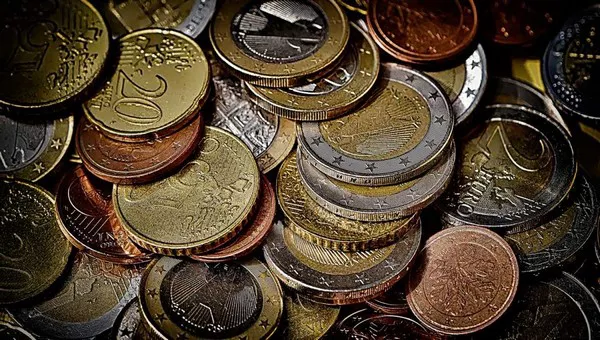In a globally interconnected economy, currency exchange rates play a vital role in international trade, travel, and investment. For individuals considering exchanging their U.S. dollars for euros, timing can be crucial. Fluctuations in exchange rates can significantly impact the value of one’s currency conversion. In this article, we will delve into the factors that influence the exchange rate between the U.S. dollar and the euro and explore whether now is a favorable time to make such a currency exchange.
Understanding Currency Exchange Rates
Definition and basics of currency exchange rates
Factors influencing exchange rates
Market forces and economic indicators
The U.S. Dollar and Euro: An Overview
Role of the U.S. dollar as the world’s reserve currency
Significance of the euro as a major global currency
Historical trends and performance of the U.S. dollar and the euro
Current Economic Landscape
Global economic conditions and their impact on exchange rates
Key economic indicators affecting the U.S. dollar and the euro
Monetary policy decisions and their implications
Political and Geopolitical Factors
Political stability and its effect on exchange rates
Trade policies and international relations
Brexit and its influence on the euro
Central Bank Actions
Federal Reserve’s monetary policy and interest rates
European Central Bank’s policies and their impact on the euro
Quantitative easing and its effects on currency valuations
Analyzing Historical Exchange Rate Trends
Studying past patterns and cycles
Identifying seasonal fluctuations
The impact of major events on exchange rates
Expert Opinions and Forecasts
Insights from financial institutions and analysts
Evaluating predictions for the future of the U.S. dollar and the euro
Recognizing the limitations of forecasting
Personal Considerations
Individual financial goals and objectives
Risk tolerance and time horizon
Diversification and asset allocation strategies
Hedging Strategies and Alternatives
Forward contracts and options
Using exchange-traded funds (ETFs) or currency futures
Seeking professional advice from financial advisors
Long-Term Outlook and Conclusion
Assessing long-term trends and structural shifts
The potential impact of technological advancements
Making an informed decision about exchanging dollars for euros
Conclusion:
Deciding whether now is a good time to exchange dollars for euros requires a comprehensive analysis of various economic, political, and market factors. While it is impossible to predict with certainty how exchange rates will evolve in the future, understanding the forces at play can help individuals make more informed decisions.
By considering historical trends, expert opinions, and personal circumstances, individuals can better evaluate the risks and potential rewards associated with currency exchange. It is important to remember that currency exchange should align with one’s long-term financial goals and objectives and be approached with a mindful consideration of risk management strategies.
Ultimately, seeking professional advice and staying well-informed about global economic developments are essential steps in navigating the complexities of currency exchange.


